
AeroGenie - مساعد الطيار الذكي الخاص بك.
الرائج الآن
Categories
Turkish Technic and Pegasus Airlines Sign A320neo Maintenance Agreements
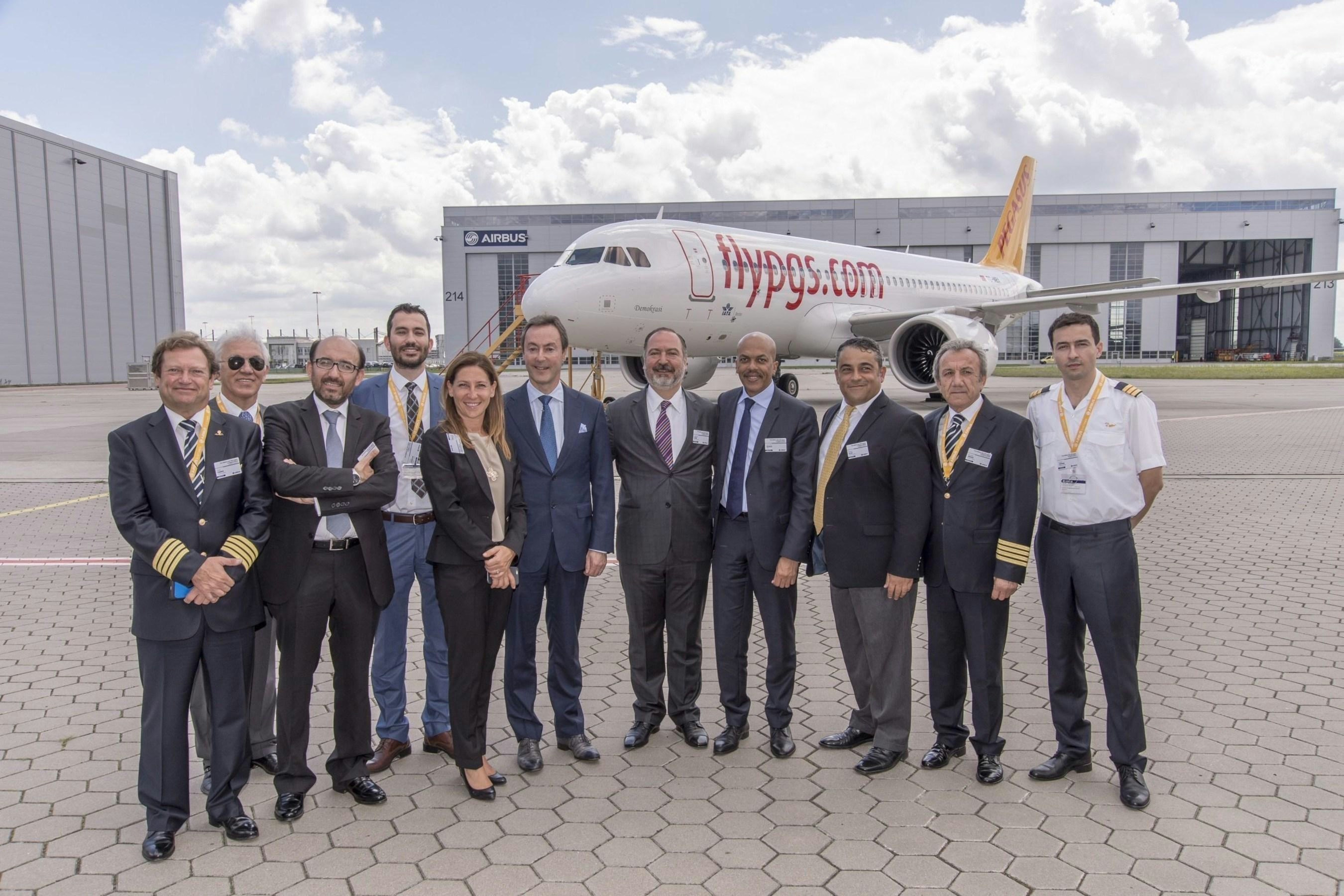
Turkish Technic and Pegasus Airlines Expand A320neo Maintenance Partnership
Turkish Technic, a prominent global provider of aircraft maintenance, repair, and overhaul (MRO) services, has signed two new contracts with Pegasus Airlines to support the maintenance of the latter’s Airbus A320neo fleet. These agreements, announced this week, encompass landing gear overhaul and base maintenance services, marking a significant extension of the longstanding collaboration between the two leading Turkish aviation companies.
Details of the Maintenance Agreements
Under the terms of the renewed contracts, Turkish Technic will undertake comprehensive landing gear overhaul services for Pegasus Airlines’ A320neo aircraft over a six-year period. In addition, Turkish Technic will provide continuous base maintenance support on two dedicated lines, beginning in Fall 2025 and continuing through Winter 2026. This arrangement is designed to enhance operational efficiency and ensure the reliability of Pegasus’s fleet as it continues to expand.
Context Within the European MRO Market
The timing of this partnership expansion coincides with a period of rapid growth and intensifying competition within the European MRO sector. Industry forecasts anticipate significant aftermarket expansion by 2025, with key players such as Nayak Aircraft Services, Nordic MRO, and Airhub Aviation investing heavily in advanced capabilities. This evolving competitive landscape is expected to influence pricing structures and service standards, while regulatory authorities remain vigilant to maintain fair competition and uphold stringent safety requirements.
Turkish Technic’s recent integration into Rolls-Royce’s aftermarket network, coupled with the inauguration of a new facility near Istanbul, has further strengthened its position in the European market. However, these developments also invite heightened competitive pressures from both regional and international MRO providers, many of whom are pursuing strategic partnerships or investing in cutting-edge maintenance technologies to secure market share.
Statements from Leadership
Both companies underscore the strategic importance of their partnership in bolstering Turkish aviation’s global standing. Mikail Akbulut, CEO and Board Member of Turkish Technic, remarked, “We are delighted to reinforce our partnership with Pegasus Airlines through these new agreements. For 20 years, we have expanded our services to provide the highest quality maintenance for Pegasus Airlines. We sincerely appreciate Pegasus Airlines’ steadfast confidence in our expertise as we reinforce Türkiye’s position in the global aviation industry together.”
Echoing this sentiment, Güliz Öztürk, CEO of Pegasus Airlines, stated, “We are very pleased to further strengthen our long-standing collaboration with Turkish Technic through these new agreements covering our A320neo fleet. Strong technical capabilities, efficiency, and reliable partnerships form the foundation of steady growth in aviation. This agreement represents not only a step forward for today, but also a reflection of our vision to shape the future of aviation together.”
Turkish Technic’s Role in the Aviation Industry
Operating as a comprehensive one-stop MRO provider, Turkish Technic offers maintenance, repair, overhaul, engineering, and component supply services across five locations, serving both domestic and international clients. The new agreements with Pegasus Airlines reaffirm the commitment of both companies to advancing Turkish aviation amid a dynamic and increasingly competitive European MRO environment.
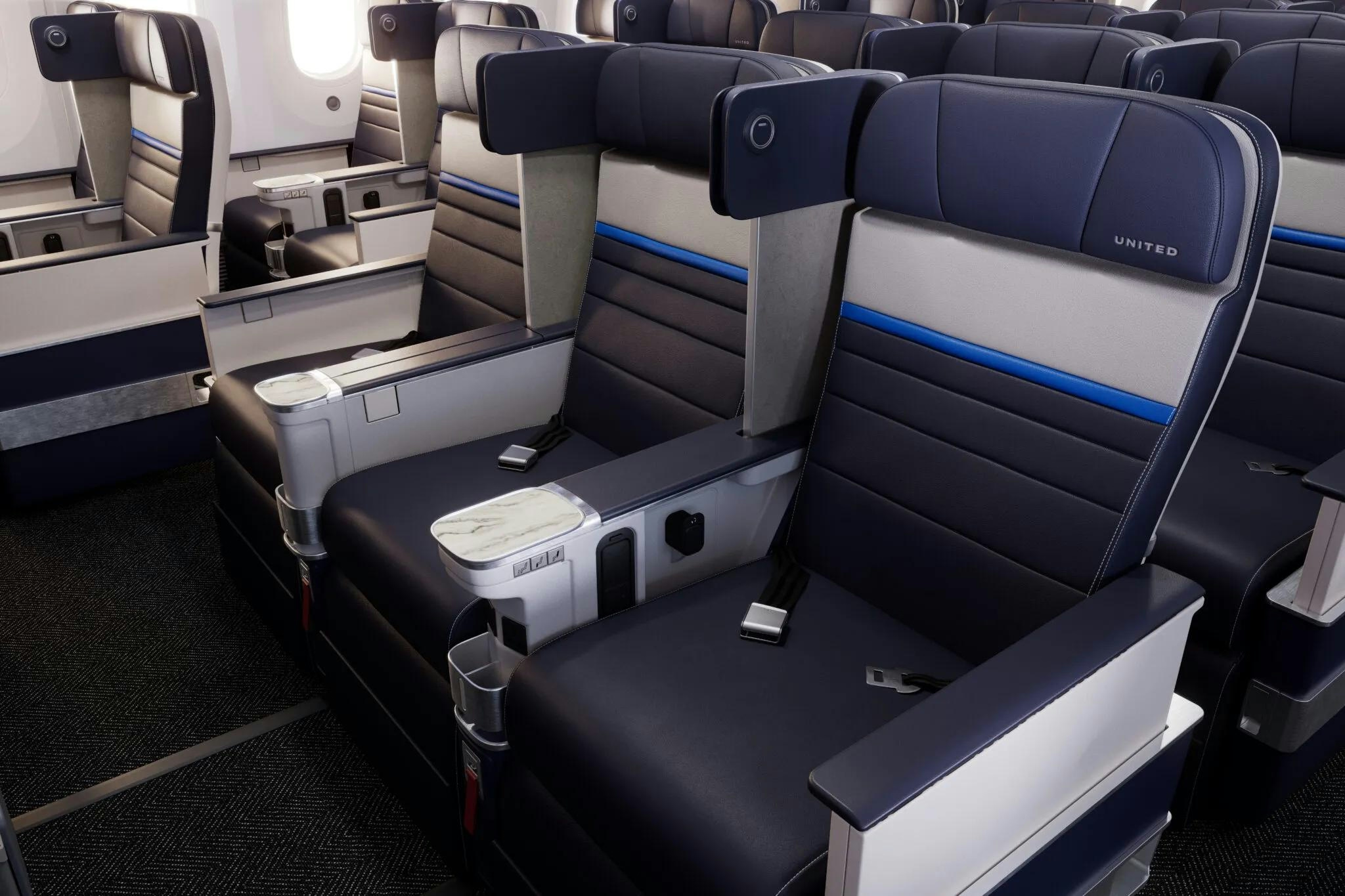
United Airlines Announces Routes for New Premium Boeing 787s
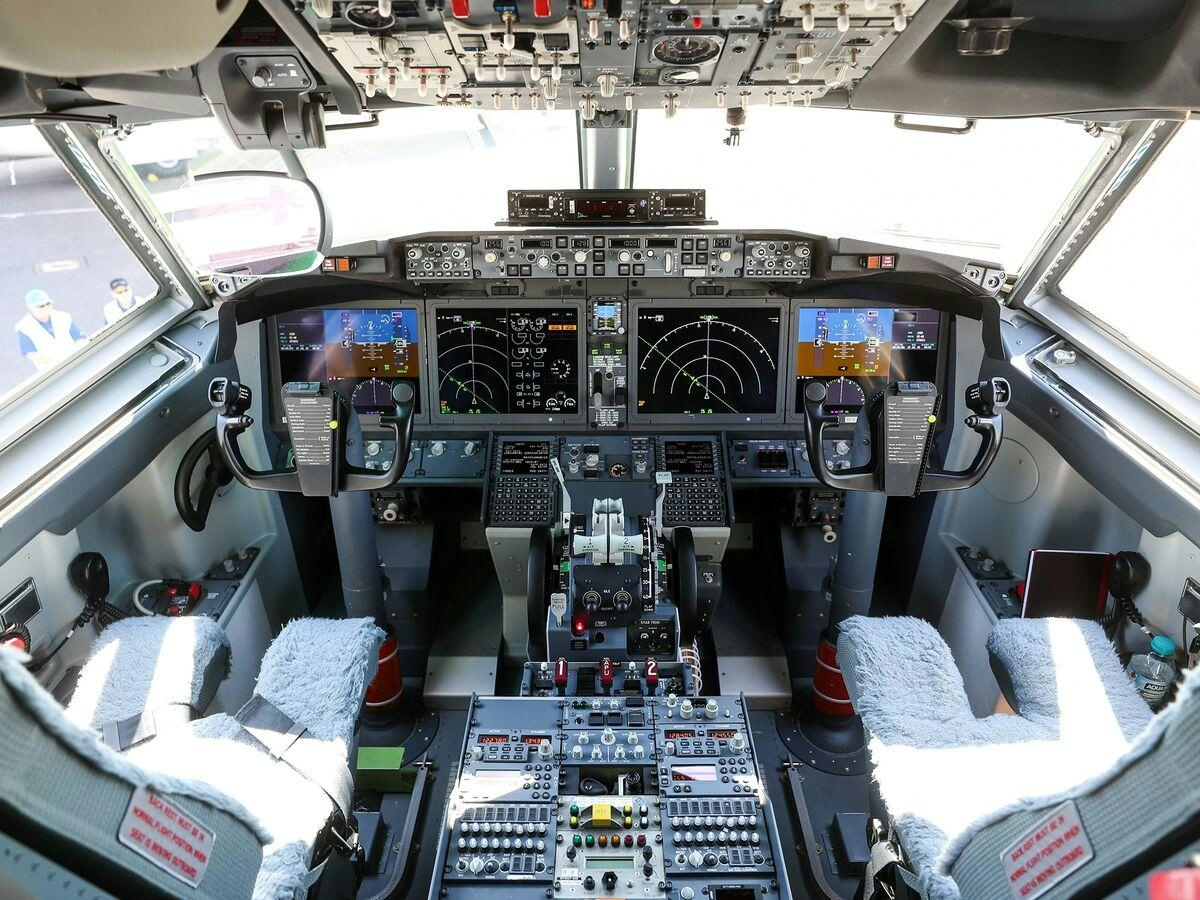
Boeing Introduces Remote Co-Pilot Technology
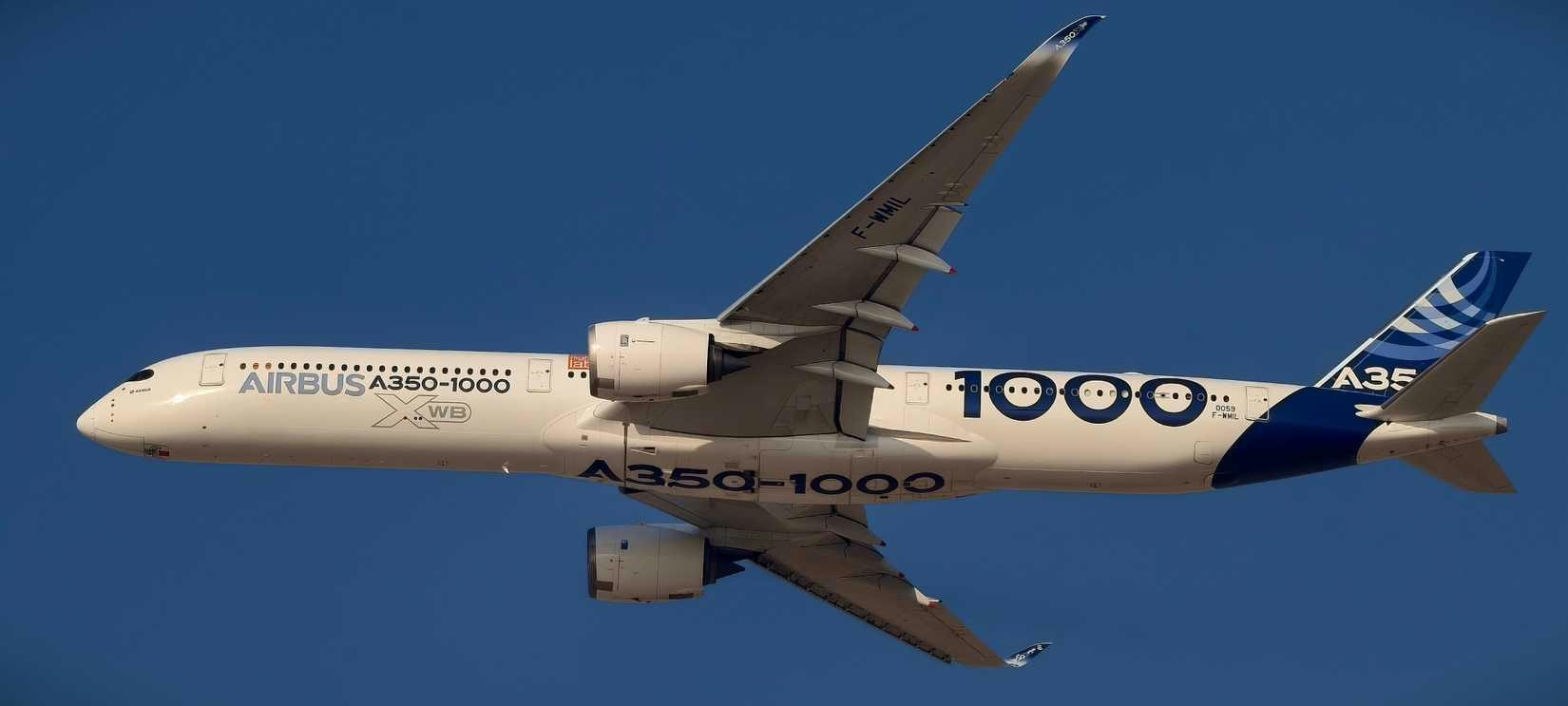
The Airbus A350-1000’s Fuel Efficiency Advantage Explained
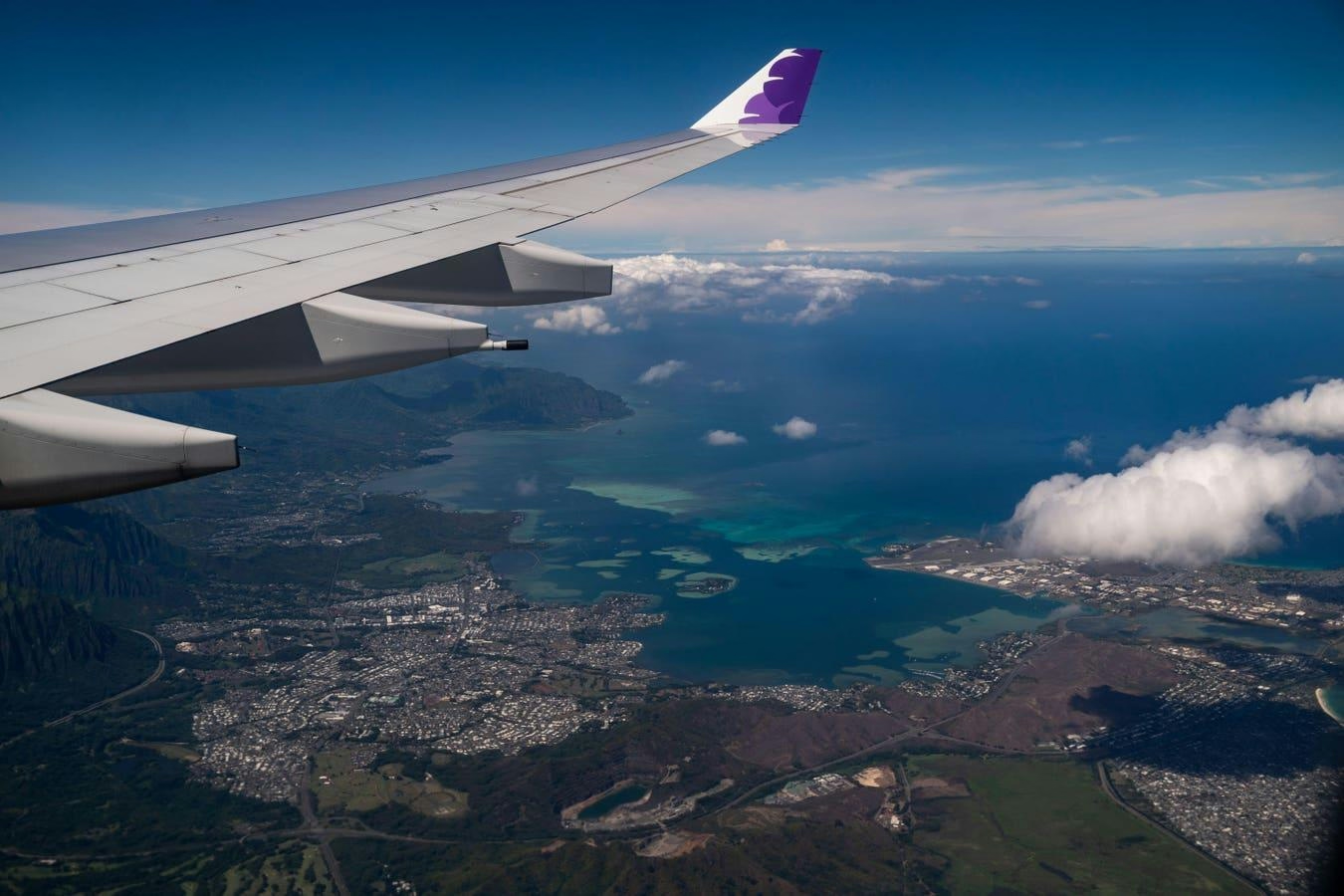
McNally Capital Expands Aviation Operations to Support Global Tourism

Two Young Climbers Begin Winter Ascent of McKinley

Elroy Air’s Autonomous Chaparral Delivers Lunch on A-to-B Flight
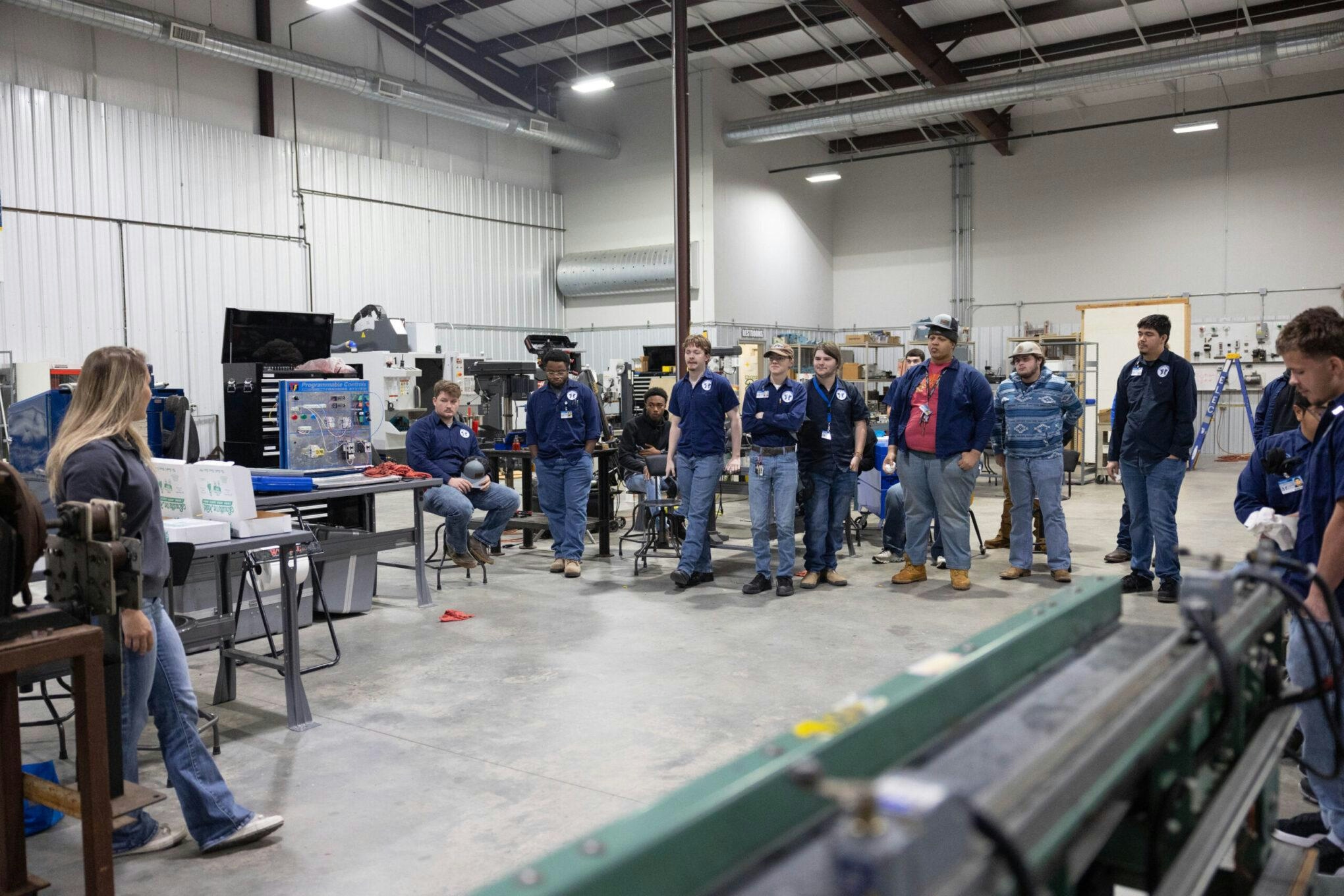
Texarkana College Holds First Graduation for Aviation Maintenance Technician Program
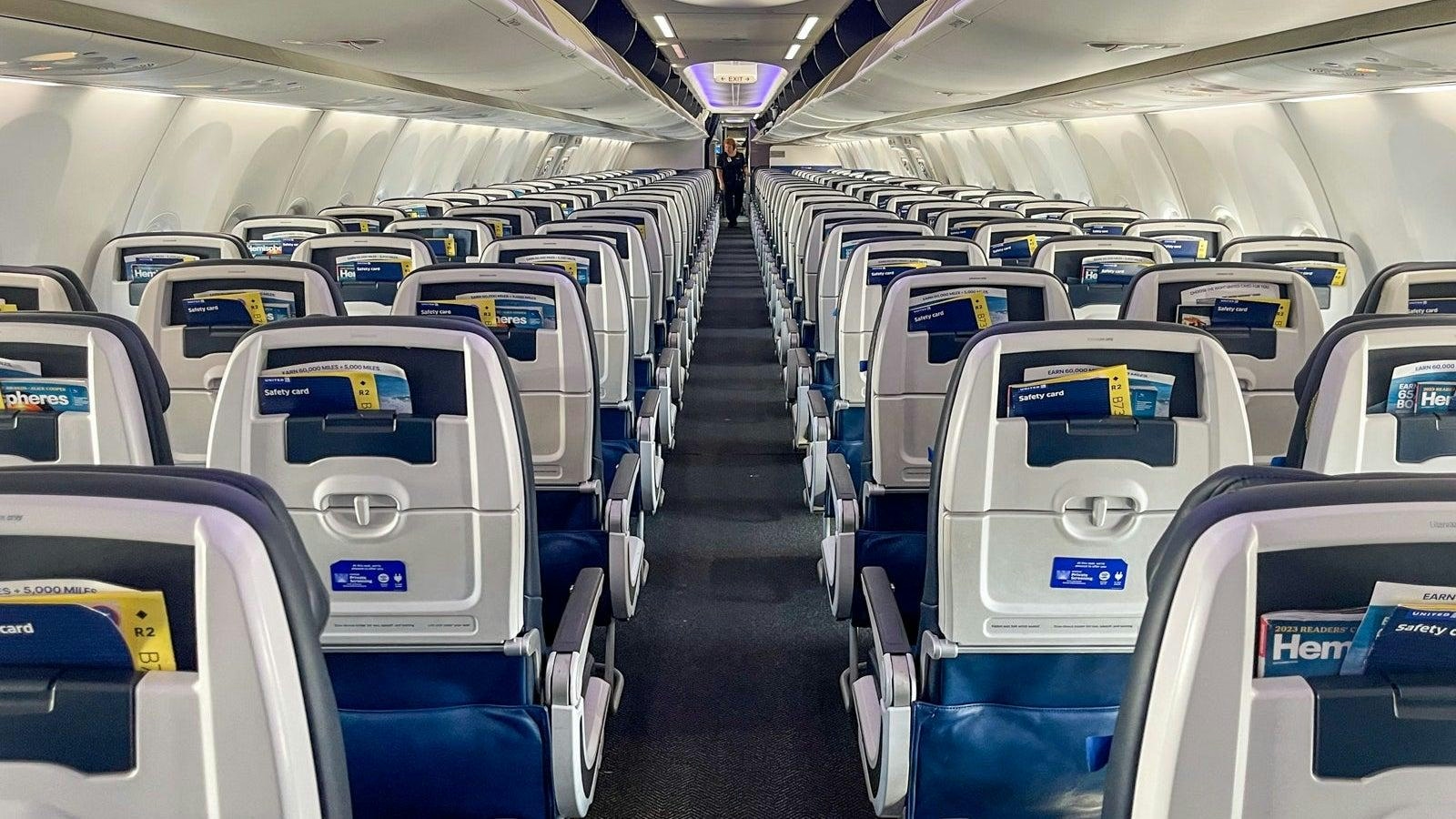
United’s 737 MAX 10s Have Flown Over 300 Hours Without Passengers

Airlines Adapt to Trade Disruptions and Supply Chain Challenges
